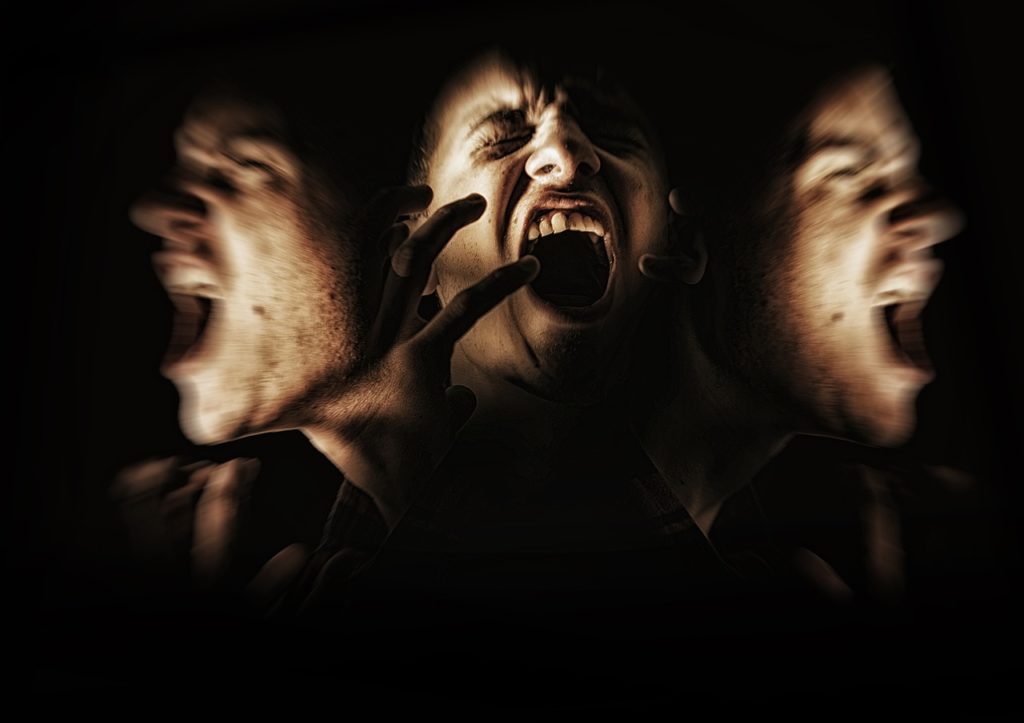Doctors often prescribe tranquillizers when we are struggling with insomnia, anxiety, or panic attacks. However, tranquillizers are subjected to much criticism as they are said to be very addictive.
Instead of discussing its benefits and downsides, this article will take a look at the history of tranquillizers.
History of Tranquillizers
The discovery of the drugs called tranquillizers has brought about a significant change in treatment of those with mental health issues. As the name “tranquillizers” indicate, these drugs produce a calming effect on disturbed patients, relieving their anxieties. The more powerful tranquillizers are sometimes called normalizers. Mild tranquillizers are used by many persons who are not mentally ill but wish to find temporary relief from modern living tensions.
Now, in order to understand how tranquillizers work, we must know about the various processes that take place in the brain. Suppose a person is confronted with a problem. Impulses are sent to the part of the cerebral cortex that is concerned with identifying the problem. Other impulses travel along with a set of pathways, called the activating system, to the part of the cerebral cortex, where a definite reaction to the problem will occur. A branch of the activating system carries impulses to the hypothalamus, a region at the brain’s base. The hypothalamus controls the heartbeat, blood pressure, rate of breathing and rate of metabolism.
The hormone serotonin plays a part in the conducting of impulses through the activating system. When there is too much serotonin in the blood, it has a depressant effect on the hypothalamus. It may bring about important changes in vital processes. If this happens, the nerve-racking symptoms of anxiety will arise. Certain substances, including lysergic acid and mescaline, bring about abnormal mental states because they increase serotonin’s effects. On the other hand, the tranquillizers diminish the effects of the hormone and alleviate patients’ anxiety.

Moreover, tranquillizers have proved quite successful in calming senile patients who have become agitated. As senility results from the wearing out of brain tissue, there doesn’t appear to be a permanent cure. However, patients can obtain a considerable measure of relief. And regardless of the disease from which violent mental patients are suffering, they can be quieted through the use of tranquillizers.
Hospitals often had to resort to extreme measures to restrain such patients. For instance, they strapped the sufferers in straitjackets, put them in padded cells or kept them in solitary confinement in bare rooms. These measures were often quite cruel but were necessary in order to protect other patients, as well as doctors and attendants. However, tranquillizers have brought about a significant change. They have even been called “the most humane restraint available.” They can protect patients from the extreme pressures of their condition and make them become calmer. They can also be handled much easier by attendants. Therefore, due to tranquillizers, violence in mental patients has been and can still be easily controlled, which has lessened the load on mental institutions.
Furthermore, did you know that tranquillizers have often been used as premedicants for anesthesia or for phlebotomy? What are premedicants? Premedication is a type of medication used to optimise a patient’s condition prior to surgery. For example, the use of a sedative or analgesic before surgery is an example of premedication.
Now, let’s talk a bit about dementia. Did you know that in the world around 50 million people have dementia? Dementia is a medical condition where a person’s brain is damaged and the latter experiences a loss of cognitive functioning, thinking, remembering and reasoning. I am not saying that tranquillizers can help a person to recover from dementia as there is still no cure for it, but tranquillizers can be used to treat its symptoms.
Now that you have discovered a few things about tranquillizers, what are your views about them? Please share your comments!


